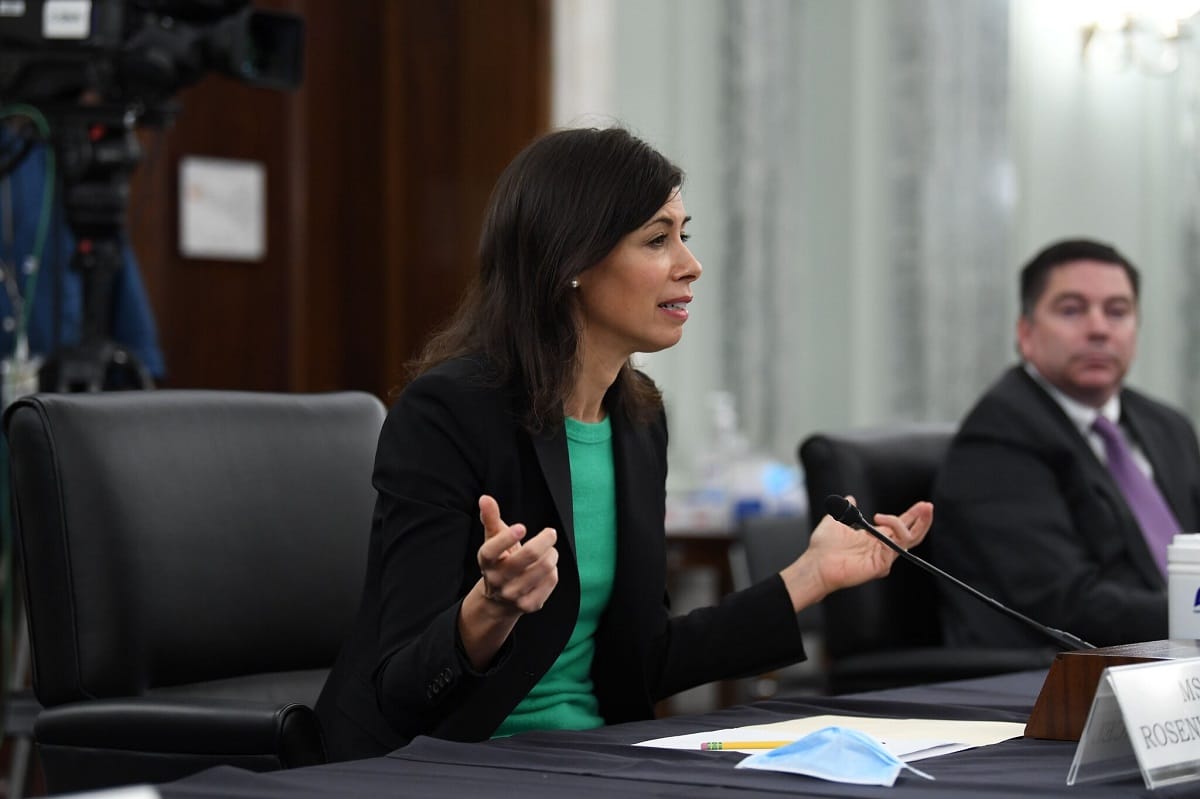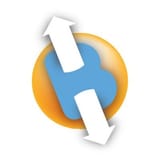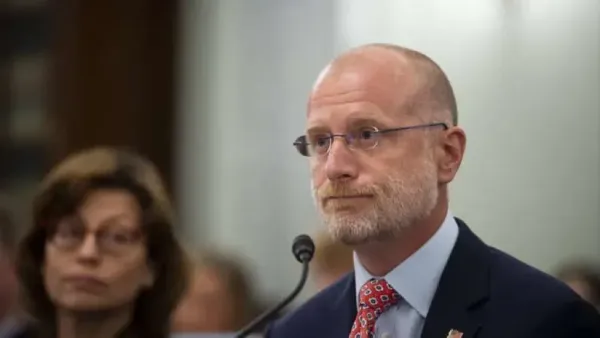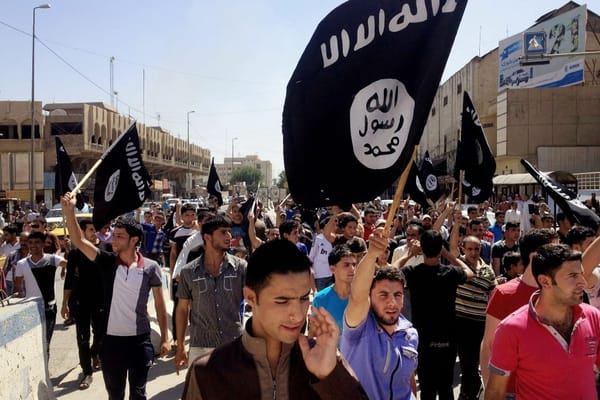The $3.2 Billion Emergency Broadband Benefit Program: What’s In It, How to Get It?
March 5, 2021 – Just shy of the 60-day deadline set by Congress, the Federal Communications Commission adopted an order on February 25, detailing how the new Emergency Broadband Benefit Program would work. The $3.2 billion program was part of the Consolidated Appropriations Act of 2021 that passed C

March 5, 2021 – Just shy of the 60-day deadline set by Congress, the Federal Communications Commission adopted an order on February 25, detailing how the new Emergency Broadband Benefit Program would work.
The $3.2 billion program was part of the Consolidated Appropriations Act of 2021 that passed Congress in December 2020 and is allocated to the FCC to help low-income households with broadband access during the COVID-19 pandemic.
Broadband Breakfast Live Online will focus on the program on Wednesday, March 10, 2021: “The Emergency Broadband Benefit: How Will the $3.2 Billion Program Work?“
The funding will provide up to $50 per month for eligible low-income households, increased to $75 per month for those living on native tribal lands. Rather than disbursing directly to consumers, the funds will be distributed to participating broadband providers, who in turn will grant the discounted internet access to qualifying households who apply.
The Emergency Broadband Benefit program is not to be confused with the Emergency Connectivity Fund currently being considered by Congress.
The Emergency Broadband Benefit program also has a one-time reimbursement option of $100 for purchasing desktops, laptops or tablets for connecting to the internet, with a co-pay of between $10 and $50.
Households do not receive the reimbursement for buying a device separately: That is provided by the service providers through which the funding will be disbursed.
To qualify for the program, households must meet one of the following criteria:
- Qualifies for the FCC Lifeline program
- Is approved for the free or reduced-price school breakfast/lunch program
- Demonstrates substantial documented loss of income since February 29, 2020
- Received a federal Pell grant in the current award year
- Qualifies for a participating provider’s existing low-income or COVID-19 relief program, subject to FCC approval.
To receive reimbursement for services and connected devices, participating service providers must register with SAM.gov, cannot be listed on the Department of the Treasury’s “do not pay” list, and must register with the FCC to receive a registration number. Similar to the Lifeline program, the EBBP will be provided to companies who participate through the Universal Service Administrative Company.
To participate, companies are not required to be eligible telecommunications carriers through Lifeline, but must apply through an “election notice” with USAC. They must also get prior approval from the FCC before filing their notice.
The application window for service providers to apply to the program opens on Monday, March 8, 2021, and ends March 22. The program should begin approximately April 25, or 60 days after the FCC published the order.
The service provider’s broadband plan must have been in place by December 1, 2020, to receive the discounted rate.
Unlike the FCC’s Lifeline program that has been in place for several years, this new funding is temporary and set to expire, either when the $3.2 billion are exhausted or six months after the Health and Human Services secretary declares that COVID-19 is no longer a health emergency.










Member discussion